First study of paraoxonase-1 activity levels in psoriatic diseases
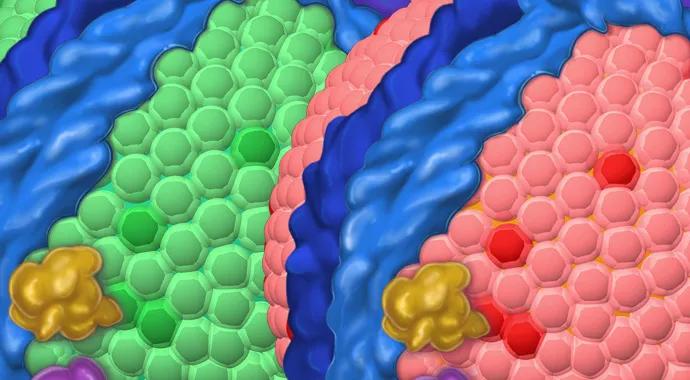
By M. Elaine Husni, MD, MPH; W.H. Wilson Tang, MD; and Stanley L. Hazen, MD, PhD
Cleveland Clinic is a non-profit academic medical center. Advertising on our site helps support our mission. We do not endorse non-Cleveland Clinic products or services. Policy
Low levels of antioxidant enzymatic proteins may indicate increased inflammation, oxidative stress and an elevated risk of cardiovascular (CV) disease in patients with psoriatic arthritis and psoriasis. So suggests new data from Cleveland Clinic’s Cardiometabolic Outcome Measures in Psoriatic Arthritis Study (COMPASS).
Psoriatic diseases are associated with an increase in CV morbidity and mortality that is not fully explained by traditional CV risk factors. There is an unmet need to precisely identify patients with inflammatory arthritis who are at greatest risk for CV comorbidities, in whom early intervention can be of greatest benefit.
In the setting of inflammatory arthritis, traditional inflammatory markers such as erythrocyte sedimentation rate (ESR) and C-reactive protein (CRP) may confound CV risk assessment in patients with concomitant CV disease. We have investigated alternative biomarkers of oxidative stress in our psoriatic disease patients to better predict this increased CV risk.
Previous work at Cleveland Clinic by two of the co-authors (Drs. Hazen and Tang) has yielded important findings on the paraoxonase-1 (PON-1) family of high-density lipoprotein (HDL)-associated antioxidant enzymes, which promote the anti-atherogenic and anti-inflammatory properties of HDL. Specifically, this work found that PON-1 enzymes:
1) Are predictive of adverse long-term cardiac events independent of standard clinical and biochemical risk factors
2) Provide incremental value in reclassifying subjects who are at higher risk of long-term major adverse cardiac events
The effects of increased oxidative stress on HDL function and PON-1 enzyme activity are illustrated in the figure.
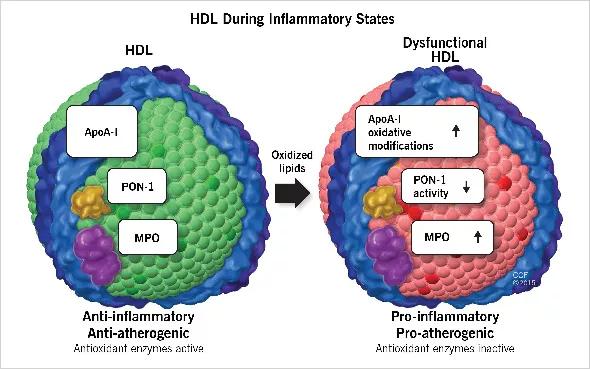
Figure. Good HDL (left). The HDL complex is made up of a lipid core, phospholipids and protein constituents. Enzymes in the PON-1 family of atheroprotective enzymes bind to the major lipoprotein component of HDL, apolipoprotein A-I (ApoA-I), and are linked to the antioxidant and atheroprotective functions of HDL. Dysfunctional HDL (right). An increase in the oxidized ApoA-I content of HDL causes it to lose its normal beneficial properties and acquire pro-atherogenic and proinflammatory properties. Absolute HDL levels do not change as a result of this oxidative stress; rather, HDL becomes dysfunctional. This can be detected by a decrease in PON-1 enzymatic activity. (MPO =myeloperoxidase)
To better elucidate the role of dysfunctional HDL in rheumatic disease, our team is investigating serum PON-1 activity levels in patients with psoriasis and psoriatic arthritis (PsA) within our COMPASS investigation, a longitudinal study started in 2011 that draws on Cleveland Clinic’s psoriatic disease biorepository and focuses on cardiovascular health in this population.
Baseline serum samples from 178 patients with PsA and 108 patients with psoriasis were analyzed for PON-1 enzymatic activity using two enzymatic assays, for serum paraoxonase and serum arylesterase activity.
Statistical analysis focused on determining associations between both serum paraoxonase and arylesterase activity levels and systemic inflammatory markers (CRP, ESR), lipid profiles and CV burden assessments including family history of coronary artery disease, Framingham risk scores, smoking, diabetes, metabolic syndrome, gender, and presence of carotid artery plaque and carotid intima-media thickening.
The impacts of psoriatic disease activity levels and disease-modifying antirheumatic drug (DMARD) use on PON-1 activity were also examined.
As detailed in the table below, baseline serum arylesterase activity levels were significantly lower in both the PsA and psoriasis groups compared with 349 healthy controls (P < .001 for both). Baseline median serum paraoxonase activity in PsA patients was also significantly lower than in controls (P = .046).

Within the PsA cohort, baseline levels of serum arylesterase and paraoxonase activity showed a strong inverse relationship with increasing calculated risk of myocardial infarction within 10 years.
Serum arylesterase activity levels were also significantly lower for those PsA patients positive for concomitant factors known to increase the incidence of CV disease, such as metabolic syndrome, and measures of atherosclerosis progression including subclinical carotid artery plaque and increased carotid intima-media thickening. Adjustments included the following variables: age, gender, disease activity, DMARD use and disease duration.
The psoriasis group did not show a statistically significant relationship between activity levels of PON-1 enzymes and measures of increasing CV burden.
These preliminary data indicate that our COMPASS PsA and psoriasis patient cohorts showed statistically significant differences from healthy controls on assays of PON-1 activity, suggesting increased oxidative stress in patients with these inflammatory diseases.
Correlations with increasing measures of CV burden were much stronger in patients with PsA than in those with psoriasis, which we hypothesize to be due to greater systemic inflammatory burden and oxidative stress in PsA, given its effect on both skin and joints.
Our results suggest that the serum arylesterase assay may be a more sensitive and/or more specific measure of oxidative stress than serum paraoxonase assays.
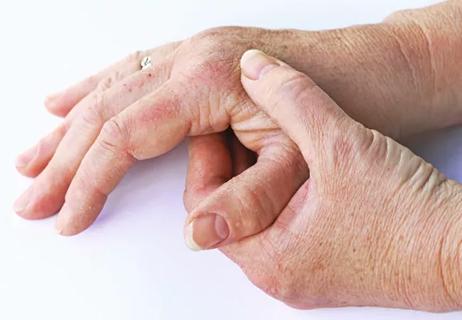
Older Psoriasis Patients May Experience Quicker Transition

Cleveland Clinic’s Rheumatic Lung Disease program treats patients with complex conditions
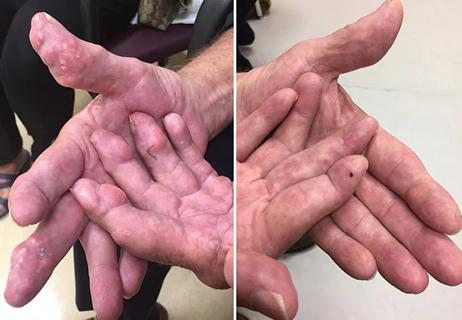
Some patients exhibit marked nodulosis due to undiagnosed tophi

A century-old medical tradition inspired the weekly complex-case reviews in Rheumatology

Multidisciplinary care may help clear barriers to treatment
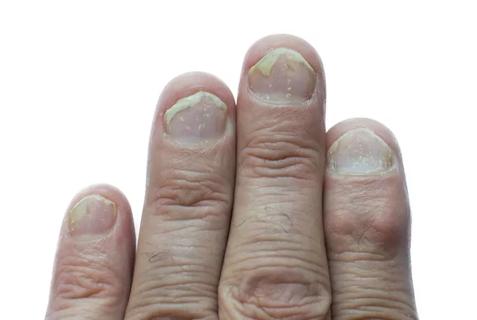
Genetic polymorphisms and response to TNFα blockers
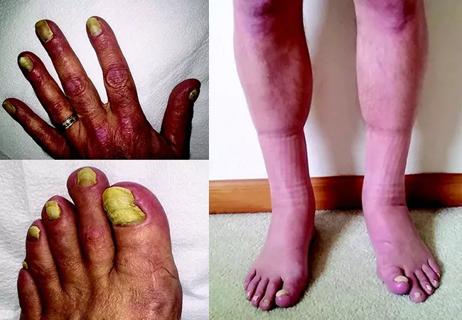
Patient’s 2-year symptom history leads to an uncommon diagnosis
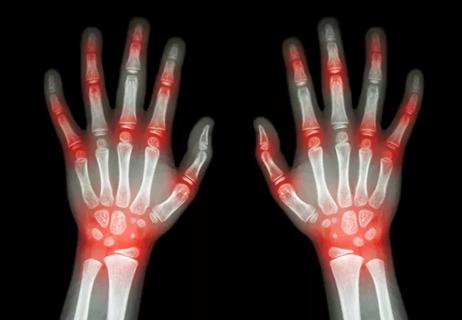
Adam Brown, MD, shares his passion for solving rheumatologic mysteries